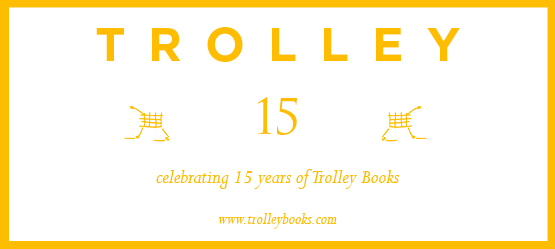Born in Sydney in 1929, Cunningham left school at 15 with the ability to draw and little else. He found a job as a general assistant in the ad department of Sydney’s largest retailer, David Jones.
While there, he noticed that the eminent Australian designer Gordon Andrews was a frequent visitor. Eventually, he plucked up the courage to speak to him; from that point, Andrews took a keen interest in him, providing books on design and suggesting that he attend evening classes at East Sydney Technical College.
Cunningham had dreams of escaping an unhappy home life to explore the creative world. He set his sights on New York, but with guidance from Andrews, opted for London. At the age of 2o, with a pitiful sum of money, he made the 1o,ooo-mile journey via ship, working his passage by waiting tables.
Post-war London was a grim place punctuated with bomb damage, rationing and smoke-induced smog. Clutching a single contact address, the David Jones store in Regent Street, Cunningham made a beeline for it. He actually believed that they would secure him a place at Central St Martins art school. But no, they simply drew him a map, pointed him in the right direction and said ‘good luck’.
With a portfolio of work, he presented himself, unannounced, at Central St Martins’ reception. They took pity on this quietly spoken, shy individual who had travelled 1o,ooo miles on a dream.
They called one of the principals, who interviewed him in the corridor. Impressed with Cunningham’s work, he was offered a place there and then, but his hopes for a better design education quickly faded: the projects set were uninspiring compared with the world he had been exposed to with mentor Gordon Andrews back in Sydney.
He supplemented his meagre living by washing dishes at local restaurants. But luck came when Andrews arrived from Australia to work as a consultant at the Design Research Unit, famously headed by Sir Misha Black. Andrews was in need of an assistant, and Cunningham jumped at the opportunity. What he thought would be a few weeks’ work turned into a year. During this time, he worked on major exhibition designs, including the Festival of Britain exhibit at the Science Museum.
On graduating from Central St Martins in 1952, Cunningham was left feeling unfulfilled and yearned for a deeper creative education. He was offered a place at the Royal College of Art along with a bursary and, at the suggestion of tutor Abram Games, he went to see Rodrigo Moynihan, then the head of painting.
Moynihan offered him a place on the fine art course. Here, Cunningham worked alongside fellow students and new friends Joe Tilson, Frank Auerbach, Leon Kossoff and David Methuen-Campbell. At last, his heart and mind were fully engaged. He worked furiously in this heady atmosphere of creativity at the RCA. The results impressed a clutch of Royal Academicians, including Sir Roger de Grey, Carel Weight and John Minton, with the latter stating that Cunningham was “one of the most gifted painters to have been at the Royal College”.
Cunningham left the RCA with an impressive First, along with a travelling and continuation scholarship. He was now able to devote himself to painting without the pressure of money worries. With his RCA bursary, he opted to explore Spain and later returned to London to complete his scholarship. During his RCA period, he exhibited at the Royal Academy’s Summer Exhibition, the Beaux Arts Gallery and, for two consecutive years, the prestigious London Group show; this culminated in Cunningham being asked to submit work for full membership to the group – he declined.
He then made the extraordinary decision to withdraw completely from any further public exhibition of his paintings. Instead, he worked in the
solitary atmosphere of his chapel studio in Battersea, where he would travel each day to work on his canvases. The only other company were flayed sheep heads, human skulls and a brace or two of hanging birds – subjects that were to populate his work over the years. It was here, eternal cigarette in hand, that he would pour out his emotions, striking, stabbing and scraping the canvases into life. The physicality of his work is evident in the build-up of manipulated paint and texture, creating a visceral, brooding intensity that vibrates the longer you gaze. Whatever was going through Cunningham’s mind in that lonely studio, it is encapsulated forever in this impressive body of work.
Keith Cunningham was an eternally guarded and secretive man: a man who had carefully balanced his life, using his design and teaching work to fund his private obsession for painting. He made art so deeply personal that he found it difficult to share it with others, even with his wife, for fear that it may lose something – its integrity, perhaps?
He died in 2o14, with much of his life’s work stored in a studio left unseen. Through the determination of his wife Bobby Hillson and the sterling work of Stephen Rothholz, who were responsible for gathering the paintings to organise this show, Cunningham’s work can at last see the light of day.
© Mike Dempsey . September 2016
Keith Cunningham: Unseen Paintings 1954-1960,
30 September - 13 October, 2016 Hoxton Gallery, 59 Old Street London EC1V 9HX






















